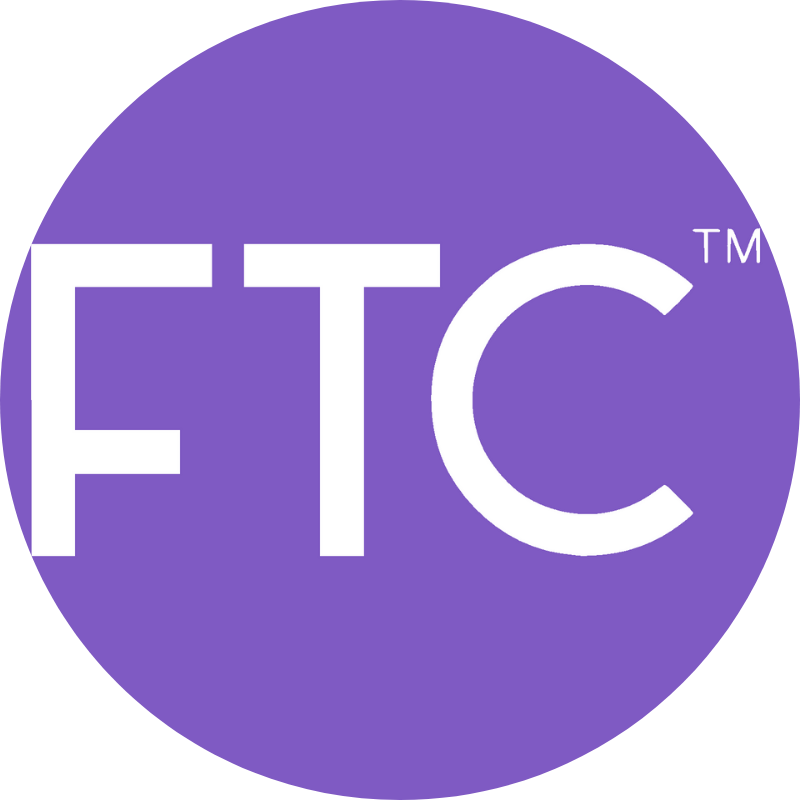Quill Pen Company Offers a Large Variety of Customized Business Gifts
Quill Pen Company offers an expansive selection of customizable business gifts. These items are practical, cost-effective and provide an effective means of marketing your brand.
Quill pens made of goose, swan or turkey feathers were once the standard writing instrument before metal pens became more widely used during the 19th century. A quill pen requires regular sharpening and its own ink well for use.
The History of the Quill Pen
Before the development of modern dip pens and fountain pens, quill pens were the primary writing instrument. Their hollow shaft served as an ink reservoir while their point, or nib, provided for fine script writing on parchment and paper.
A slit was cut in the longer end of each feather to direct ink from its barrel to its point through capillary action, before using a small pen knife to shape its nib into its final form. Feathers from any large bird could be used; goose feathers were particularly suitable due to their strength and availability.
Quills are long, stiff feathers from birds’ heads, tails or wings which can be used to fashion writing instruments called quill pens. Feathers are also known as plumes and can be found on wings, tails or necks of many different species of bird. Primary flight feathers from an outer wing make excellent quill pens as these can easily be sharpened into writing points (nibs) for writing purposes.
The Anatomy of a Quill Pen
Quill pens consist of several main parts, including the section (which holds the nib and feeder), body with ink reservoir, cap and section. Quill pens tend to be pressure-sensitive which may make using one difficult for beginners.
Quills are typically made using primary flight feathers from large birds such as geese or swans, although other species’ feathers such as those from crows, turkeys and owls have also been used – however goose feathers were always the go-to choice due to their strength, size and flexibility.
First step in crafting a quill is curing the feather. This process typically uses hot water or sand to soften and strengthen it so it can withstand longer writing sessions. After curing, a special knife called a “pen knife” is used to cut a small point at the top of feather, leading to its tip, where capillary action will transport ink directly through its fibers.
The Feather Quill Pen
Quill pens operate via capillary action, meaning when writing with one, ink travels up from the hollow center of the feather (known as the calamus) into a slit at its tip (known as the nib) before flowing onto paper under pressure. The shape of the nib is extremely important – too wide or narrow may make writing difficult or cumbersome while too flat will lead to poor flow onto paper through pressure. A traditional calligraphy pen requires its nib be pointed, while an italic style uses flat ends instead.
Natural quills should be sharpened regularly; you can do this by either submerging it in hot sand for several minutes, or rubbing with a pen knife. Metal nibs must also be regularly blotted to ensure no ink builds up at their tips.
Starting off using a quill pen may take some getting used to; when doing so for the first time, try starting out on thicker paper such as stationery or construction paper until you feel confident with its pressure and writing style before progressing to conventional paper.
The Dip Pen
Dip pens resemble fountain pens in that their nibs need to be submerged into ink before being transferred onto paper. Since there are no reservoirs to prevent over-filling, frequent dipping may be required in order to prevent overflow.
Dip pens remain popular tools among comic and manga artists for their ability to create line variations and expressive movement, as well as being an excellent way of exploring different nibs to find which ones best suit their work.
Kuretake’s glass dip pen features an oblique brass flange to accommodate pointed pen nibs or, once removed, can serve as a straight holder. It accepts most drawing and calligraphy nibs from Brause Sheaffer Herbin Speedball Leonardt Mapping brands as well as monoline lettering broadedge calligraphy nibs – making this design very clever!


